How to Make Your Own Incense Cones at Home: A DIY Guide
Creating incense cones at home is both a rewarding and relaxing experience, connecting you with the ancient tradition of incense crafting. In this blog, we’ll explore two detailed methods to transform high-quality incense powder into beautiful, fragrant cones right in your own kitchen.
1. Why Make Your Own Incense Cones?
Homemade incense cones allow you to personalize scents and create unique aromas tailored to your preferences. By crafting incense cones yourself, you can ensure the use of natural, high-quality ingredients, such as the premium incense powders available at Incensoria. Another wonderful benefit is the flexibility to blend multiple incense powders, creating your signature fragrance combinations.
Method 1: Using a Natural Binder (Detailed Guide)
What You’ll Need:
- Incense Powder (choose your favorite or blend multiple powders, such as sandalwood, agarwood, or frankincense)
- Natural Binder (makko powder or gum arabic, approximately 10%-20% of the total incense powder weight)
- Water (preferably distilled, ratio of total dry mixture to water should be about 1:1 to 1:1.5)
- Incense Cone Mold (or shape by hand if preferred)
Step-by-Step Instructions:
- Mix Ingredients: Measure your incense powder and add the natural binder (about 10%-20% of the incense powder weight). Mix thoroughly until fully combined.
- Add Water Gradually: Slowly add distilled water, stirring continuously. Aim for a dough-like consistency, firm yet malleable enough to shape without breaking apart.
- Shape Cones: Press the incense dough into your cone mold firmly, ensuring there are no air pockets. You can also shape cones by hand, forming a tapered shape.
- Drying Process: Set your cones on parchment paper or a tray and allow them to dry naturally in a cool, ventilated area. Drying typically takes 24-48 hours, rotating the cones occasionally ensures even drying.
- Storage and Use: Once completely dry, store your cones in an airtight container. Properly stored cones maintain fragrance and can be used anytime. Light the tip, extinguish the flame after it glows, and enjoy the fragrance.
Method 2: Direct Molding without Binder (Quick Method)
What You’ll Need:
- Incense Powder (fine and formulated specifically for direct molding)
- White Ash (for protective layering)
- Incense Cone Mold


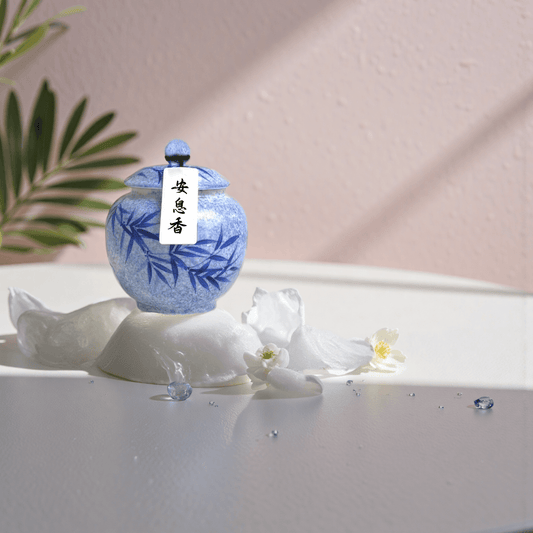
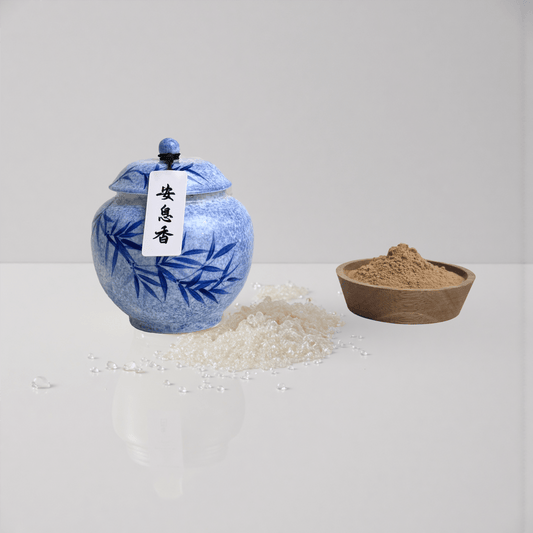
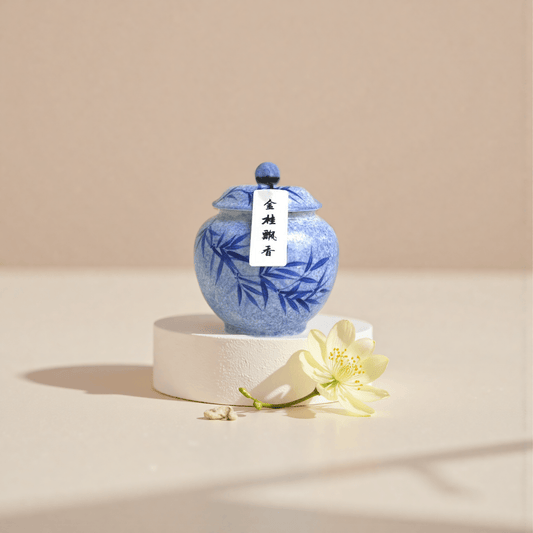
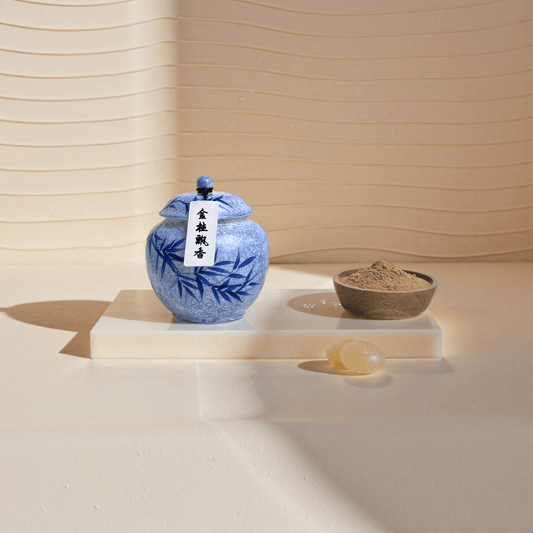
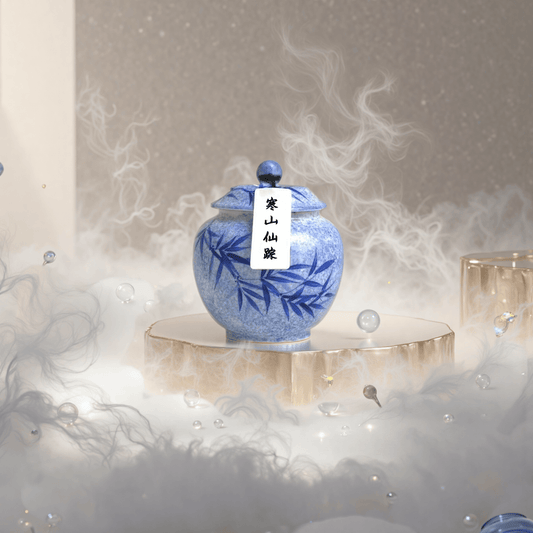

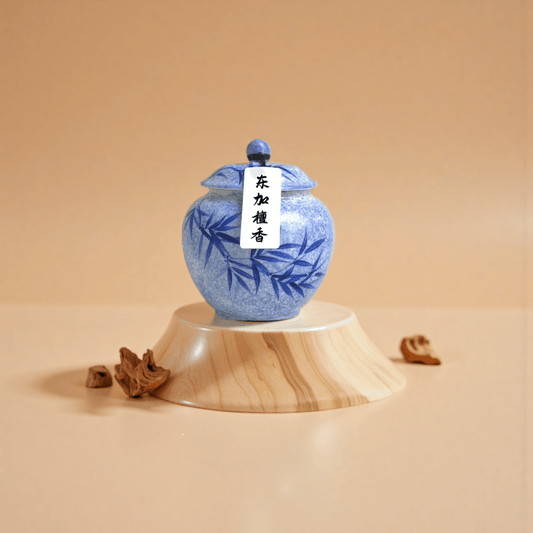
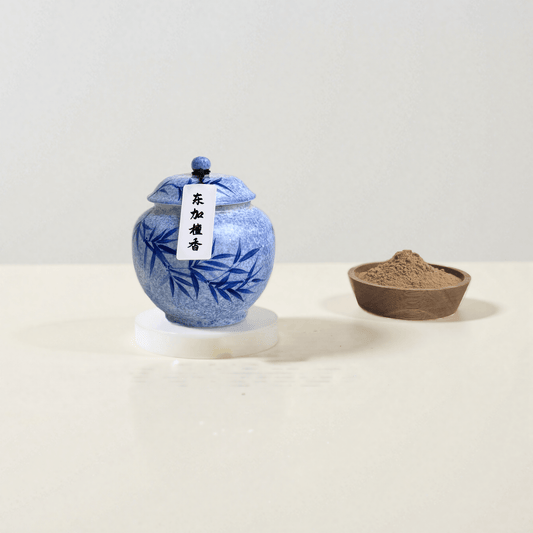
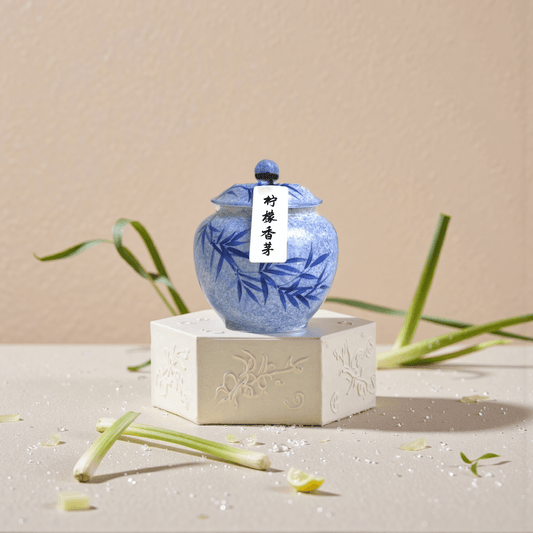

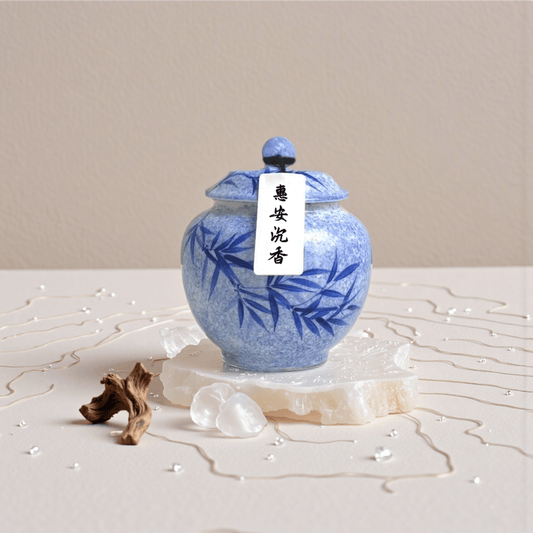
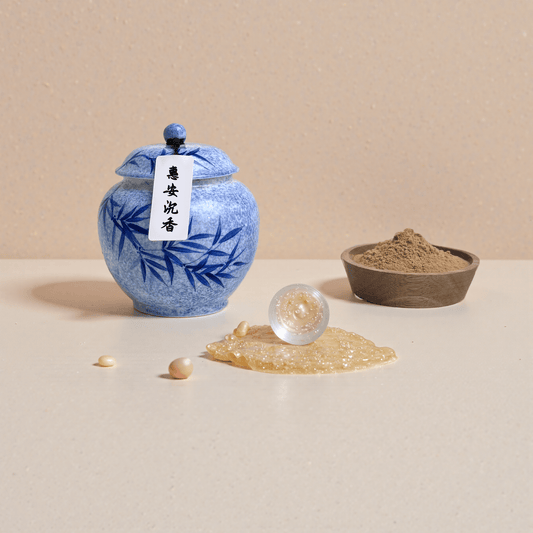
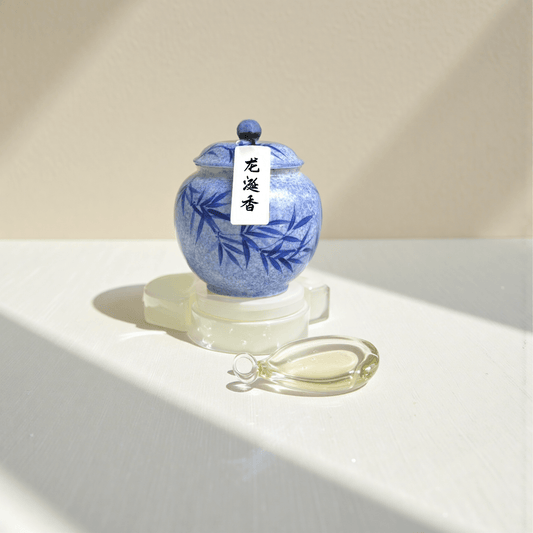

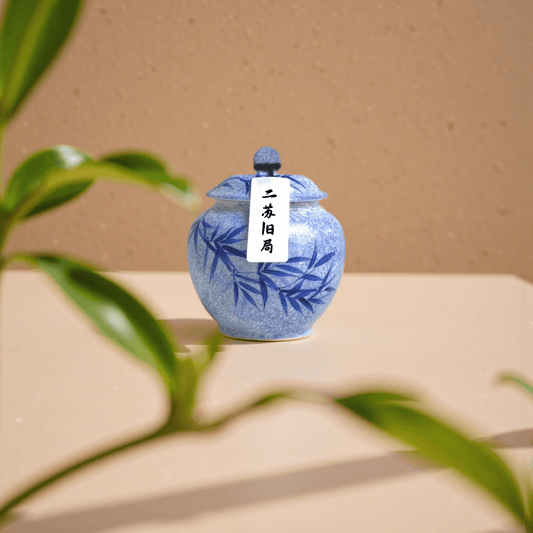






No comments